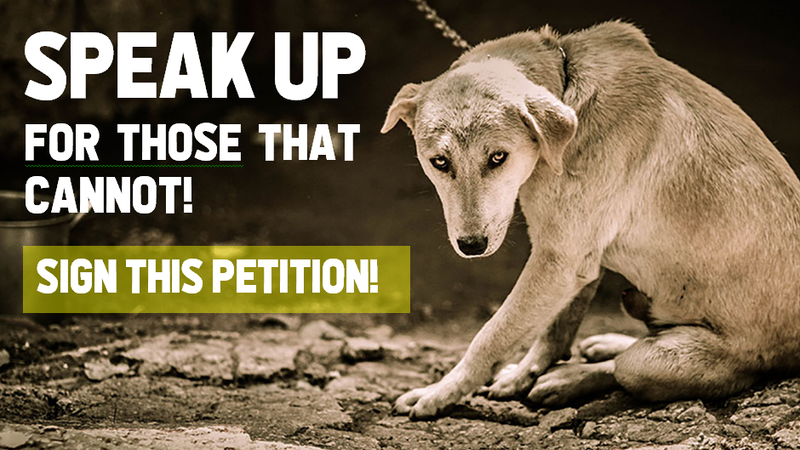Animal cruelty is a blight on the conscience of society, transcending mere individual neglect and firmly establishing itself as a pervasive social problem. But what does it mean for our society when we turn a blind eye to these atrocities? How does the suffering of voiceless creatures reverberate through our communities, shaping our moral compass and societal norms? Understanding this complex issue requires delving into the multifaceted layers of human-animal interactions, societal values, and ethical responsibilities.
At first glance, animal cruelty might appear as an isolated incident, an unfortunate consequence of a troubled individual. However, the implications extend far beyond individual acts of violence against animals. Large-scale industries, such as factory farming, contribute to systemic cruelty that normalizes disrespect for sentient beings. This normalization often stems from a disturbing disconnect between humans and the source of their food, entertainment, and companionship. The animals, confined to squalid conditions and subjected to barbaric treatment, become mere commodities, stripped of their inherent value as living beings.
Consider this: how often do we engage in activities that, unbeknownst to us, contribute to animal suffering? From the leather industry to circuses filled with truculent elephants, our consumption patterns and leisure choices play a significant role in perpetuating cruelty. This lack of awareness poses a challenge—should we bear the weight of ignorance or act against the tide of complacency? The implications of our choices extend further, influencing societal perceptions of empathy, justice, and the moral landscape.
Additionally, systemic animal cruelty can serve as a bellwether for the overall health of a community. Communities that condone cruelty often exhibit higher instances of violence and criminal behavior toward other humans, reflecting a broader desensitization to suffering. Instances of abuse—be it in the form of neglect, beatings, or laboratory testing—mirror a culture that undervalues compassion. When society prioritizes profit over empathy, the moral fabric frays, leading to erosion of community ethics, and fostering environments where cruelty can thrive.
Moreover, the impact of animal cruelty is not confined to the animals themselves. The psychological toll on perpetrators is substantial. Studies have shown that individuals who engage in violent acts against animals often suffer from complex mental health issues. Early animal cruelty has even been identified as an indicator of potential future violence against humans. This connection creates a cyclical problem: unchecked violence begets more violence, and as communities fail to address these indicators, they unwittingly contribute to a culture of disregard for life.
Moreover, the legislative frameworks designed to combat animal cruelty often lack the strength necessary to inhibit the pervasive brutality faced by animals. In many regions, laws are outdated or inadequately enforced, leading to minimal repercussions for offenders. This presents another challenge: how do we galvanize public support for reforming these laws? Advocacy plays a vital role in this transformation. Grassroots movements, petitions, and organized campaigns seek to illuminate the plight of animals and demand systemic changes. However, the effectiveness of these efforts hinges on societal engagement and the willingness of the public to recognize animal suffering as a legitimate issue worthy of attention and action.
Furthermore, the ethical considerations surrounding animal welfare raise complex philosophical questions. What rights do animals possess, and how can we align those rights with cultural practices, economic imperatives, and scientific advances? Many cultures deem certain forms of animal use acceptable, whether for food, clothing, or entertainment. However, engaging in a dialogue about the necessity versus desirability of these practices is essential. This discourse must challenge the status quo and encourage critical reflections on our growing understanding of animal sentience and emotions.
Education plays a pivotal role in addressing the social problem of animal cruelty. By instilling empathy from an early age, society can foster a generation that understands the intrinsic value of all living beings. Curriculum enhancements that include humane education can cultivate respect for animals and encourage future advocates for change. Schools, community centers, and media can serve as platforms for awareness campaigns that highlight the realities of animal cruelty, thereby transforming passive observers into informed and active participants in the fight against injustice.
The contribution of technology cannot be overlooked in this age of information. Social media platforms have become invaluable allies in the fight against animal cruelty. They facilitate the sharing of powerful imagery, personal stories, and calls to action, spreading awareness rapidly and mobilizing populous support. While these platforms have democratized activism, they also come with the responsibility of ensuring that messaging is grounded in facts, avoiding sensationalism that undermines the seriousness of the issue.
In conclusion, animal cruelty is an issue that permeates the fabric of society at large. It challenges our ethical frameworks, exposes the fragility of human compassion, and reveals unsettling connections between cruelty toward animals and broader societal violence. Tackling this issue requires a concerted effort—a push for legislative reforms, educational initiatives to foster empathy, and public engagement to reshape cultural narratives surrounding animals. Change is possible, but it starts with acknowledging that animal cruelty is not merely an issue for animal rights activists; it is a pressing social concern that demands our collective attention and action. Together, we can strive for a more compassionate world, where all beings are treated with the dignity and respect they deserve.









